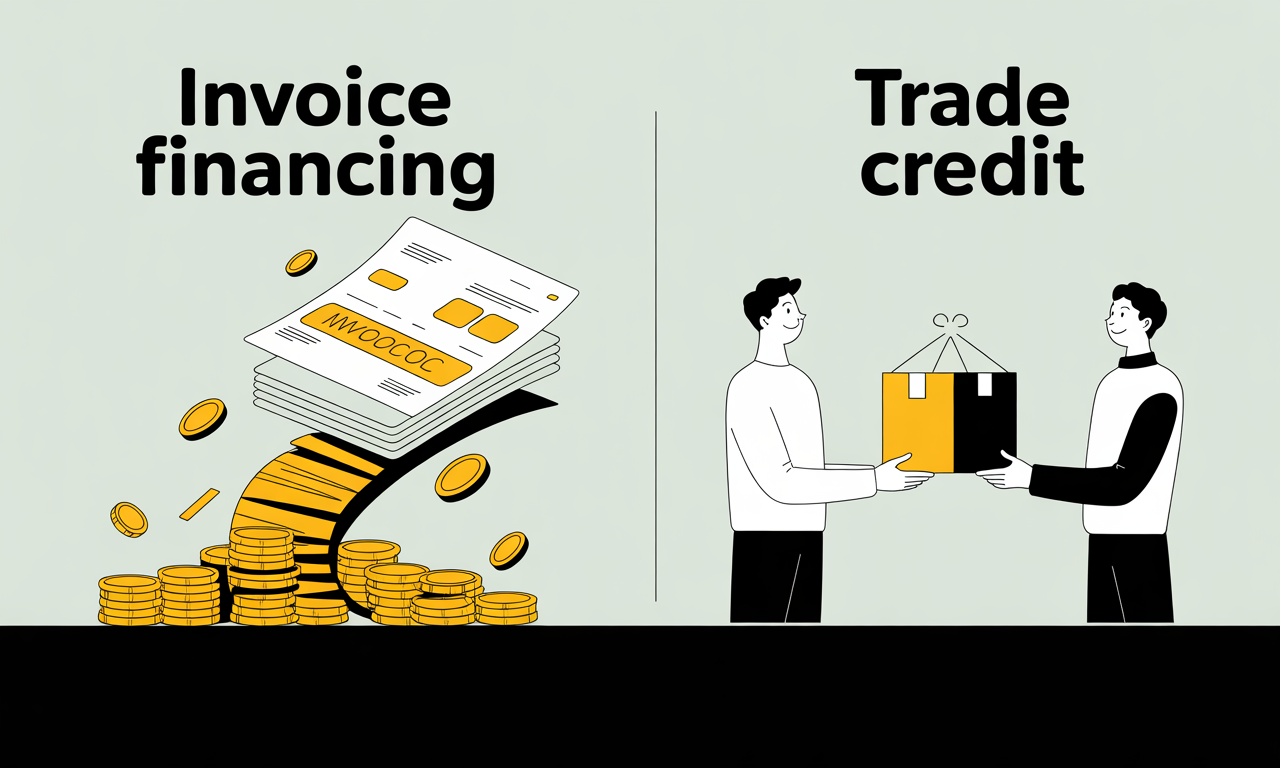
Deep Dives
Should D2C brands in India sell on Amazon?
Thu Mar 04 2021
5 min read
"Well, duh! Selling on Amazon increases my brand's visibility, and therefore sales volumes. Why shouldn't I?"
In 2020, Amazon India added 1.5 lakh new sellers onto its marketplace. As the Indian D2C world moves to Amazon, it feels important to answer the question of whether it's good for business. For a consumer brand in India, it might seem tempting to hop on to the marketplace bandwagon - since on the face of it, it looks like this will give your products a larger audience, thereby increasing sales volumes. This becomes even more apparent when the headlines read something like this:


Amazon's popularity warrants loyalty from its customers - but it's just that: loyalty to Amazon; not to the brands selling on Amazon. Amazon builds consumer loyalty by offering hefty discounts, excellent delivery services, a seamless returns policy, and most importantly, by on-boarding the vast range of brands selling products across categories. As Amazon builds this loyal customer base on the shoulders of products sold by brands like you, it's important to understand what's in it for the brands:
- A huge market! Amazon offers access to a huge new market that cannot be reached any other way. There’s no question it can be an extremely effective distribution channel for established brands.
- Excellent search engine: Amazon's excellent search algorithm has replaced Google as the default option when it comes to product search [true for India too].
- Compared to D2C, Amazon tends to have lower customer acquisition costs. This is true for two reasons:
1. Search intent
Users on Amazon are searching for the product with the intent to buy it, leading to a significantly higher conversion rate vs. social channels. This means that if your product is the first option [ensure you're following the right Amazon SEO practices], they're likely to convert.
2. Advertising costs
Advertising on Amazon can be cheaper, and drive higher ROI than D2C. And when it comes to profit margins, bigger is better, with the difference often coming down to organic vs paid traffic. D2C website traffic is usually paid traffic. Shoppers are directed to the website because they’ve viewed (and clicked on) ads on Google, Facebook, Instagram, etc. Brands on Amazon, however, experience an increase in organic traffic (remember, most people search Amazon first for new products). That means selling on Amazon can help D2C businesses hit healthier profit margins.
- The positive reviews on a product’s Amazon page can boost the brand’s sales on other channels — including their own.
- Seamless shopping experience: D2C brands sell their products directly to the customer without using a third party. This means that the shopping experience is entirely up to the brand - which can be a tricky thing, particularly when the customer doesn’t have an established relationship with the said brand, and is coming into the relationship with high expectations. Many people are uncomfortable entering their financial information or mailing address into unfamiliar websites. Or, they don’t like the uncertainty of shipping times and returns policies. Amazon, on the other hand, acts as a “middleman” between its customers and the brands offering products on its site. To put it simply, consumers trust Amazon and know how it works. Many have used the platform before, have their shipping and credit card information stored, and all they have to do is click once to make their purchase. So, if a brand is only selling through their own website (and/or a brick and mortar store that doesn’t happen to be in the same vicinity of their potential customers), they could lose the sales of people only willing to buy on Amazon.
However, while selling on Amazon helps brands boost sales, this comes at a cost. Leading consumer brands across the world [Nike, IKEA, Birkenstock] are now pulling out of Amazon. Here's why:
- Amazon keeps your customers' data and controls the relationship - this means that you know very little about your own customers and have no way of contacting them, up-selling your products, or most importantly, building lasting relationships.
- Competing with counterfeit products - for every product that becomes popular on Amazon, there are hundreds of counterfeit products competing with it. The Indian counterfeit industry is easily a Rs 20,000 crore (around $2.7 billion) industry!
- The pressure is high to lower your prices. Amazon’s business model is unashamedly customer-centric. Many DTC brands report pressure to continually sell at lower prices, run large discounts, or pay more in shipping costs to deliver sooner.
- Your product's reviews will make or break the sale. The instinctive thing to do here is to provide high quality products so you get positive reviews. Here's the catch though: the highly competitive market has warranted malpractice in recent years, wherein competitors have taken to posting fake reviews to impact a brand's sales on Amazon.
Then, a month ago, we listed on #Amazon . And within 3 weeks rose to Rank#12 in Protein Bars and became #amazonschoice too! A velocity that many within Amazon confirmed, is unparalleled.
— Shashank Mehta (@twitellectual) December 4, 2020
But then 10 days ago, a strange thing started happening.
(2/9)
2. All the others, have eerily similar language
— Shashank Mehta (@twitellectual) December 4, 2020
3. If you see the review history of these reviewers, they only give 1/5 star ratings, and they rate only obscure, new brands (imagine a guy rating everything from beard oil to diapers to women’s multivit gummies- in one month)(4/9) pic.twitter.com/ZcpcdstKUz
Like everything else, selling on Amazon needs the right strategy, and comes with its unique pros & cons. To begin with, ask yourself what your goal is: Is it to boost sales at any cost? Then Amazon will do the trick. But, as HBR puts it, it won’t necessarily lead to long-term growth and profitability. This is why along with the north star metric of sales volumes, it's important to have a checker metric of sustainable profitability. History shows that very few direct-to-consumer brands emerge by selling on Amazon. The keyword here is 'emerge'. You may emerge & build your brand externally for years & then see success on Amazon - if you do this strategically. Your Amazon strategy should begin with a strong brand-building phase. Ensure you have some level of brand loyalty and especially strong brand recall - without this, you're likely to get lost in the sea of similar products on the overpopulated marketplace.








